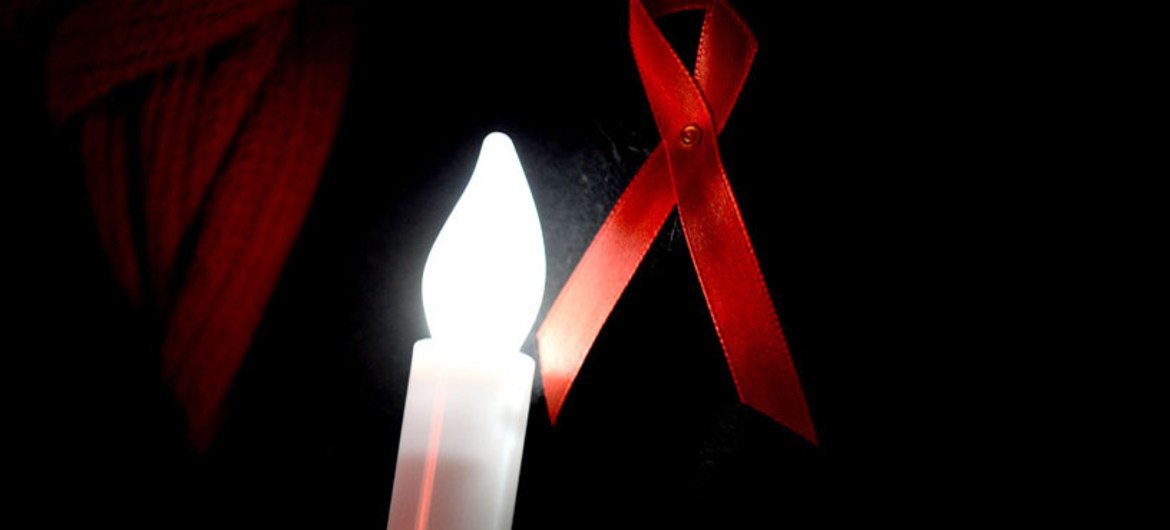
The leading international health agencies have improved that a large number of children living with HIV do not have access to life. According to Unaids Global AIDS update 2022, only 52 percent of children who live with HIV worldwide in saving life, much less likely than adults. In comparison, 76 percent of all adults who live with HIV receive antiretroviral, data shows. This is a striking gap in the AIDS response, said the UN institution.
To overcome this widening gap, UNAIDS, UNICEF, which and partners have formed a new global alliance, which aims to ensure that all children who live with HIV have access to treatment and prevent new baby HIV infections. The new global alliance to end AIDS in children in 2030 was launched at the International AIDS Conference in Montreal, Canada.
12 countries have joined the new global alliance
The new global alliance also includes the civil society movement, such as the global network of people living with HIV, some of the most affected countries, and international partners, including Pepfar and global funds.
Until now, 12 countries have joined the alliance in the first phase, namely Angola, Cameroon, C Te D’AVoire, Democratic Republic of Kongo (DRC), Kenya, Mozambik, Nigeria, South Africa, Uganda, United Republic of Tanzania, Zambia, and Zimbabwe .
The new global alliance identifies the four pillars for collective action
To end AIDS in children in 2030, the new global alliance will focus on these four fields:
- CLOSE OF Treatment Gaps for Teenagers and Women Who Are pregnant and breastfeeding who live with HIV
- Prevent and detect new HIV infections among adolescents and pregnant and breastfeeding women
- Improve testing, optimizing maintenance, and comprehensive care for infants, children, and adolescents who are exposed and live with HIV; and
- Overcoming rights, gender equality, and social and structural barriers that hamper access to services.
- Dr. Tedros Adhanom Ghebreyesus, who Director General, commented, “There is no child to be born or growing with HIV, and no child with HIV must leave without treatment.”









